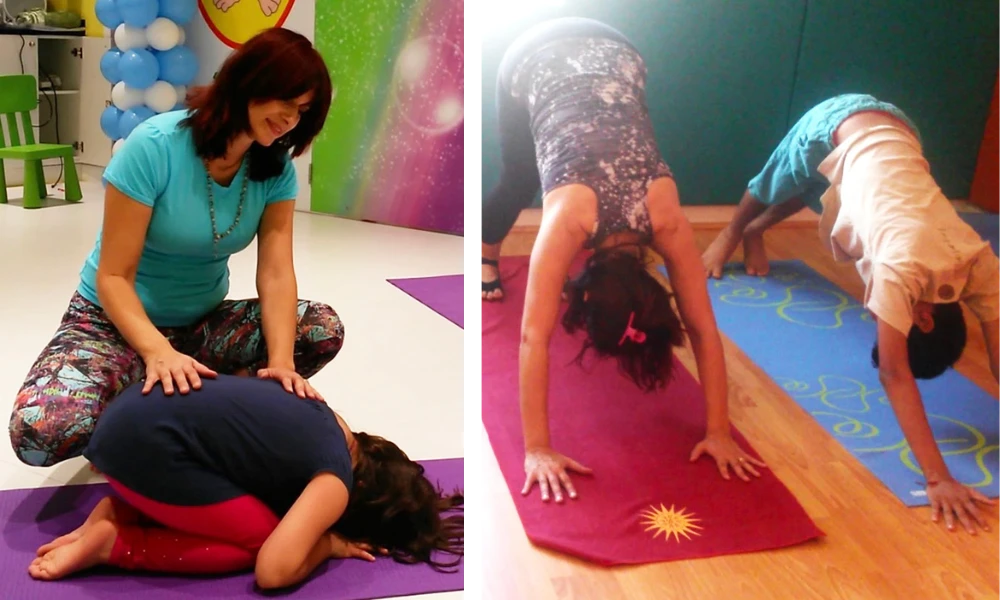
The positive effects of yoga have been highlighted by many authors. Various studies have documented the advantages of yoga for specific conditions and disorders. Yoga helps children with Autism Spectrum Disorders to reduce stress and anxiety, and increase balance and coordination (Betts, D. & Betts, W, 2006). It is beneficial for improving the functioning of children with sensory integration disorder (Cuomo, 2007). Specially designed yoga programs can be a great therapeutic approaches for infants and children with Down Syndrome, Cerebral Palsy, Learning Disabilities (Sonia Sumar, Yoga for the Special Child).
Due to all of its benefits, yoga is becoming more well known and it is a viable option for programs and institutions worldwide (Williams, N., 2010).
Yoga can be very beneficial for improving performance in children with ADHD, according to Haffner et al (2006).
Longtin, S. & Fitzparick, L. suggest that yoga can enhance speech, language, cognition, and play abilities throughout the developmental process. Yoga can help infants and toddlers develop prelinguistic communication abilities such as eye gaze, joint attention, and turn-taking (Yoga for Speech-Language Development, 2017).
While it may be impossible to list all the advantages of yoga, it is undeniable that it improves the quality of life (Williams, N., 2010).

I like to incorporate yoga to the other methods that I use in my work with children. Unfortunately, not every child allows to have electrode placed on his head or his hands. Many of them require some time to get used to the environment and to connect with the therapist. In these cases, starting with a short yoga routine is the best option. It can be also combined with eye movement, sound practice and fun game activities.
Working with the body as well as the mind gives a clarity of connection that is not possible otherwise (Bridges, H., 2015).


